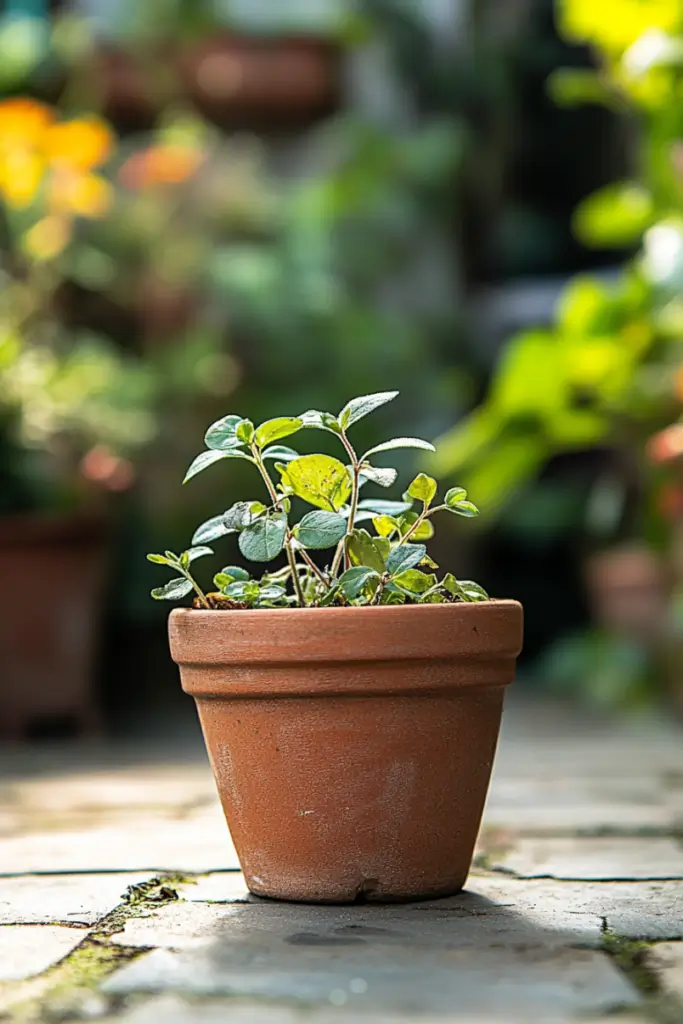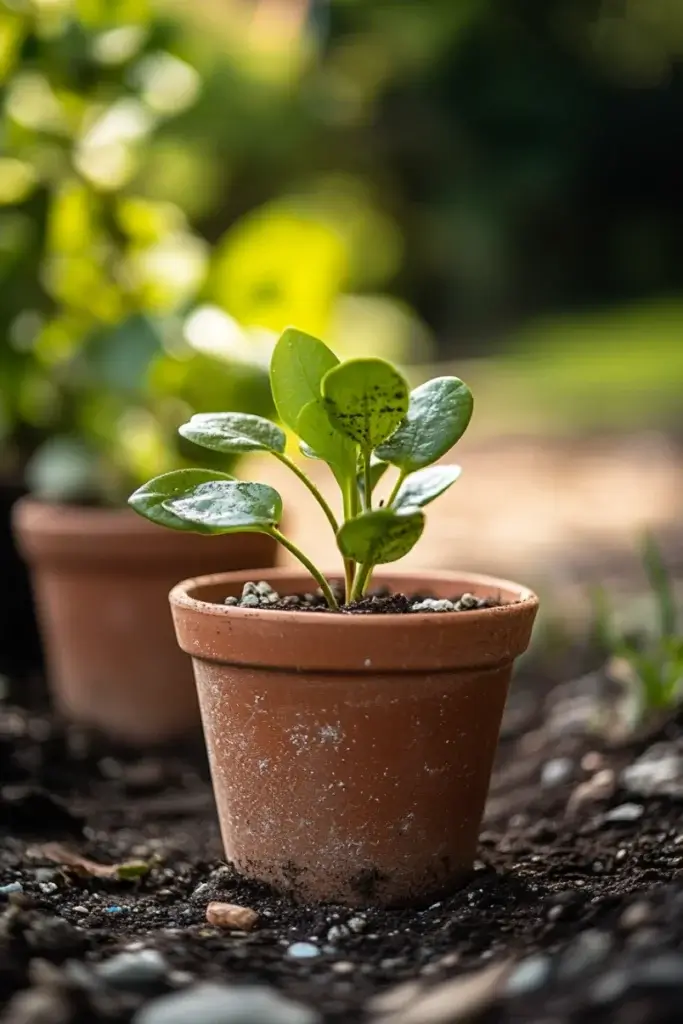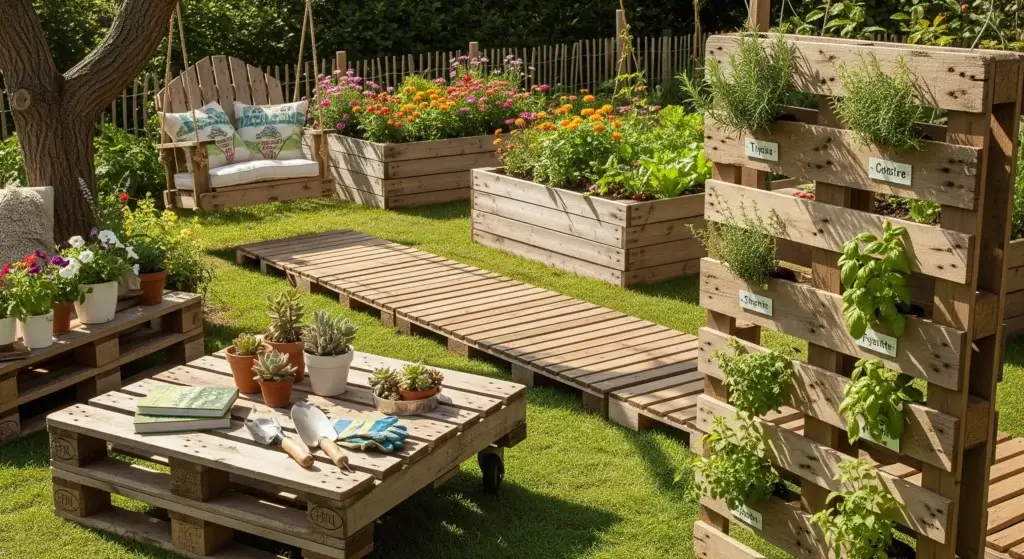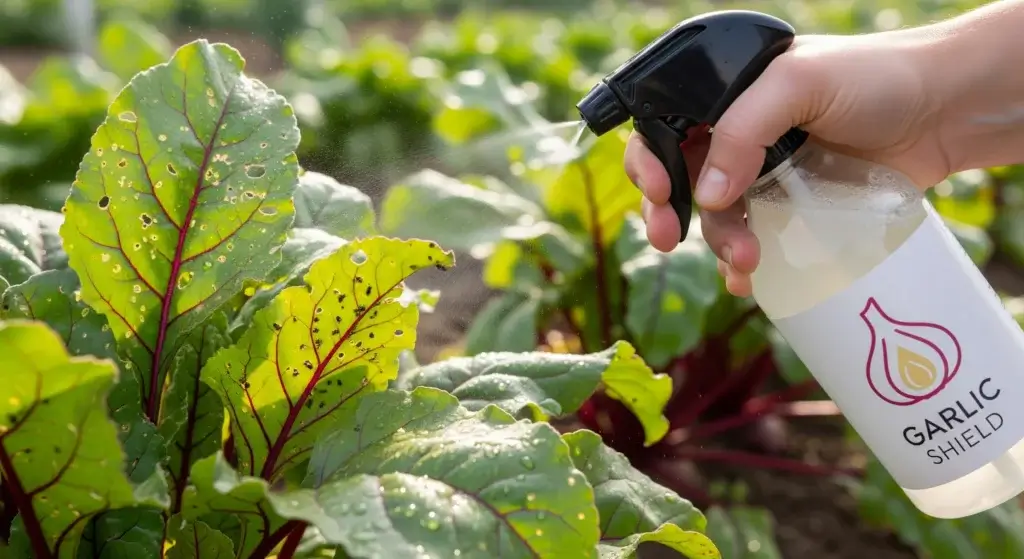
Proper drainage is one of the most crucial factors for maintaining healthy plants.
Without it, water can accumulate at the bottom of the pot, leading to root rot and other harmful conditions.
Unfortunately, many store-bought planters either lack drainage holes or aren’t designed to manage excess water effectively.
That’s where DIY plant pot drainage comes in!
In this blog, we’ll explore the benefits of creating DIY drainage, common drainage issues, and several easy methods to improve drainage in your plant pots.
Whether you’re a seasoned gardener or a beginner, these simple techniques can help your plants thrive.
Benefits of Creating DIY Drainage for Plant Pots
Adding proper drainage to your plant pots offers several important benefits:
Prevents root rot
Root rot is a common problem caused by waterlogging.
When water collects at the bottom of a pot and doesn’t drain away, it can suffocate the plant’s roots and lead to decay.
Good drainage helps excess water escape, keeping the roots healthy and preventing rot.
Improves soil aeration
For roots to grow and develop properly, they need access to oxygen.
Proper drainage ensures that the soil stays well-aerated, which supports healthy root growth and overall plant health.
- Read also: Nurturing Greenery: A Guide to DIY Plant Watering Globes
- Read also: DIY Ideas: Perfect Outdoor Potted Plant Watering System
Healthier plants
Plants that receive the right balance of water and oxygen are less likely to suffer from diseases and are more likely to grow strong and vibrant.
Good drainage contributes to a healthier growing environment, making your plants more resilient and robust.
Better control over watering
Effective drainage helps you manage how much water your plants receive.
By allowing excess water to drain away, you reduce the risk of overwatering, which can be harmful to plants.
This makes it easier to provide the right amount of water for your plants’ needs.

Common Drainage Issues and Their Consequences
Without proper drainage, several problems can arise:
Root rot
When water builds up at the bottom of a pot, it creates a soggy environment where roots can’t get enough air.
This leads to root rot, where the roots begin to decay, affecting the overall health of the plant.
Nutrient deficiency
In pots with poor drainage, essential nutrients in the soil can be washed away with excess water.
This leaves the plants without the necessary nutrients they need to thrive, resulting in poor growth and malnutrition.
Fungal growth
Standing water and excess moisture provide ideal conditions for mold and fungus to grow.
These fungi can spread and damage the plant, leading to further health issues.
A study published in the Journal of Plant Pathology found that poor drainage is linked to up to 90% of plant diseases in container plants.
This highlights the importance of addressing drainage issues to ensure your plants stay healthy and thrive.
DIY Drainage Methods

Improving drainage in your plant pots is crucial for keeping your plants healthy.
Here are some simple and practical DIY methods you can use to ensure proper drainage:
Method 1: Adding Drainage Holes to Plant Pots
One of the most effective ways to improve drainage is by drilling holes in the bottom of your plant pots.
Materials needed
- Plant pot
- Masonry drill bit
- Drill
- Water collection plate or terracotta plate
- Paint (optional)
Step-by-step instructions
- Mark the center: Use a pencil to mark where you want to drill the hole at the bottom of the pot. If the pot is large, you might need to drill multiple holes.
- Drill the hole: Carefully drill the hole with a masonry drill bit. Make sure the hole is big enough for water to escape but not so large that soil falls out.
- Add a collection plate: Place a water collection plate or a terracotta plate underneath the pot to catch any excess water that drains out.
- Optional decoration: If you want to add a personal touch, you can paint the pot before you start using it.
Method 2: Using plant saucers
Plant saucers help catch any excess water that drains from your pot, which helps prevent root rot.
Materials needed
- Shallow saucer dish
- Pebbles or small stones (optional)
Step-by-step instructions
Place the Saucer: Set the saucer under your plant pot to catch water that drains out from the bottom.
- Add decorative elements: For a decorative touch, you can add pebbles or small stones to the saucer. These also help keep the pot slightly elevated above the collected water.
- Empty the saucer: Regularly empty the saucer to prevent it from filling up with water, which could lead to root rot.
Method 3: DIY self-watering planters with cross risers and capillary wicks
A self-watering planter helps you manage your plant’s water needs automatically, which is great for those who worry about overwatering.
Materials needed
- Cross risers
- Capillary wicks
- Grow pot with drainage holes
- Outer planter without drainage holes
Step-by-step instructions
- Prepare the cross risers: Place the cross risers in the outer planter to create a space at the bottom for water to collect.
- Insert the grow pot: Put the grow pot with drainage holes into the outer planter, resting it on the cross risers. This keeps the pot elevated above the water reservoir.
- Add capillary wicks: Thread capillary wicks through the drainage holes of the grow pot, with one end in the water reservoir at the bottom.
- Watering system: The wicks will draw water up into the soil as needed, helping to maintain consistent moisture and prevent overwatering.
Method 4: Double potting (cache potting)
Double potting is an easy way to improve drainage without modifying your planter.
Materials needed
- Plastic grow pot with drainage holes
- Outer planter without drainage holes
Step-by-step instructions:
- Choose the grow pot: Pick a plastic grow pot that fits inside your outer planter with enough room for water to drain out.
- Plant in the grow pot: Plant your flowers or vegetables in the grow pot as you normally would.
- Place in outer planter: Insert the grow pot into the outer planter. This setup allows excess water to drain away from the roots.
- Drain excess water: Check the outer planter regularly and empty any excess water to prevent root rot.
By using these DIY drainage methods, you can help ensure your plants stay healthy and grow well, avoiding common problems like root rot and overwatering.
Additional Tips

Proper drainage is essential for healthy plants, but here are some extra tips to help you manage it effectively:
Monitoring water levels
Always keep an eye on the water levels in your plant pots.
This is especially important after you’ve watered heavily or if there’s been a lot of rain.
Too much water can be just as damaging as too little.
Check the soil regularly to make sure it’s not too soggy.
A good rule of thumb is to water only when the top inch of soil feels dry.
Tilting the planter
If you notice that excess water is collecting at the bottom of your planter, try tilting it slightly.
This allows the water to flow out more easily and prevents it from pooling, which can help avoid problems like root rot.
Outdoor considerations
For outdoor planters, it’s crucial to use pots with drainage holes.
Without these holes, rainwater can collect at the bottom of the pot and cause serious damage to your plants.
If you use pots without drainage holes, consider adding some or placing them on an elevated surface to help water escape.
- Read also: DIY Plant Pots Ideas: A Creative Guide to Enhancing Your Garden
- Read also: A Comprehensive Guide – DIY Plant Pot From Clay
Final Thoughts
Proper drainage is key to keeping your plants healthy and thriving.
Whether you’re drilling holes in your plant pots, using saucers to catch excess water, or setting up a self-watering system, these simple DIY methods can help prevent common problems like root rot and overwatering.
By making sure your plants have good drainage, you’ll support their growth and enjoy healthier, more vibrant plants all year long.



